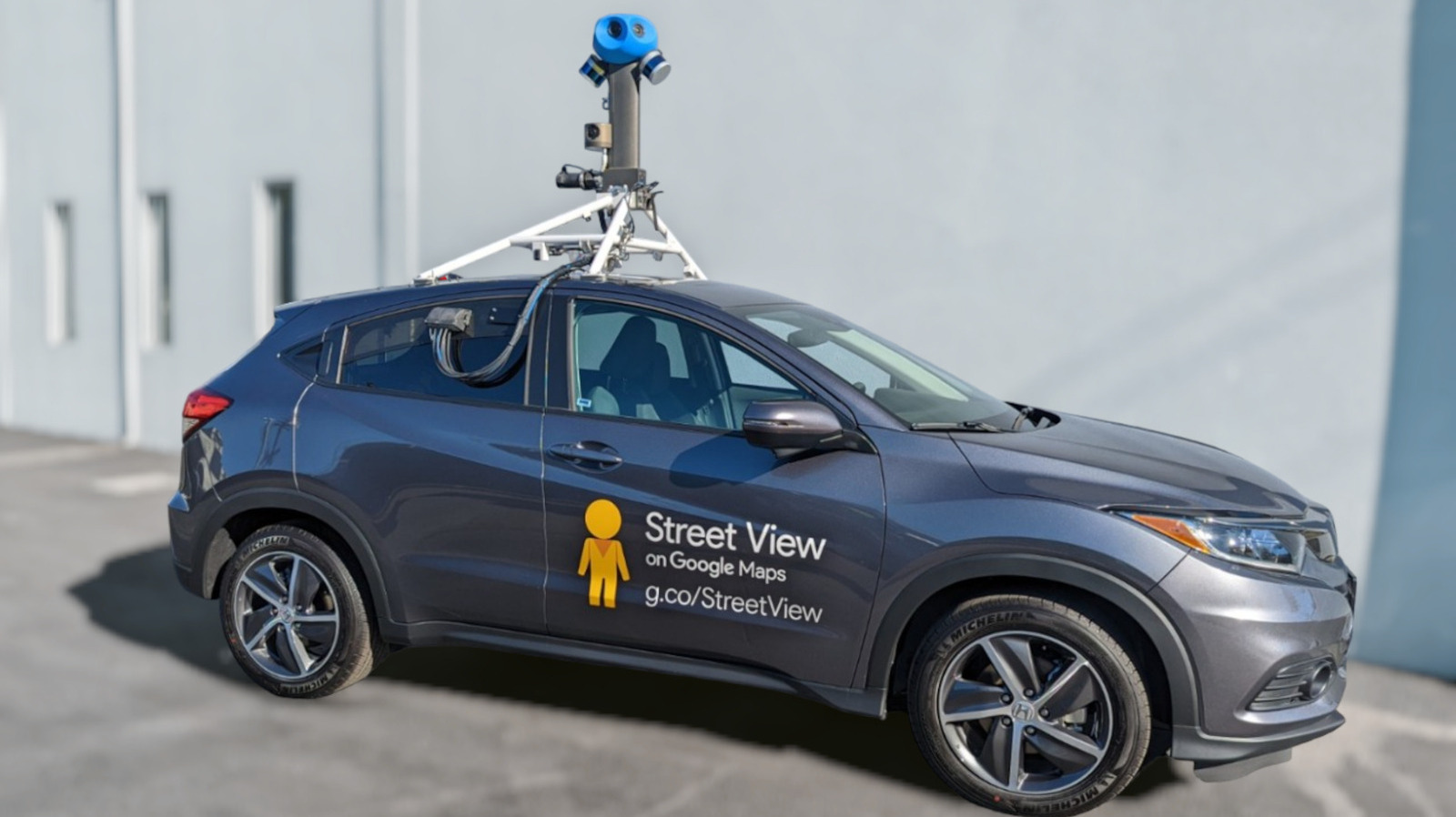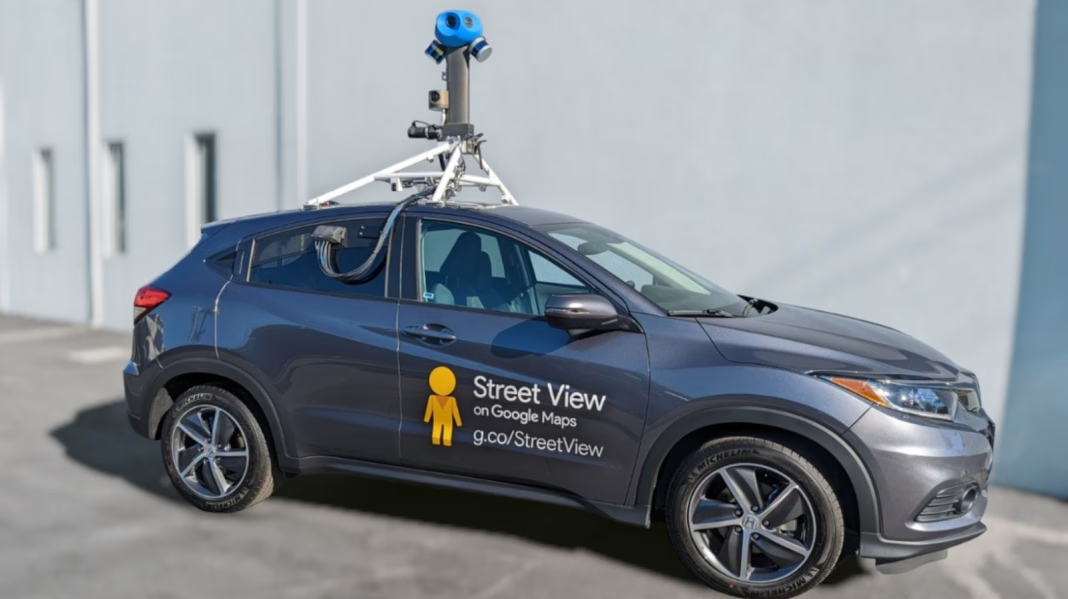How Far Does Google Street View Really Reach?
Ever wondered just how much of the world you can explore from your couch with Google Street View? The answer might surprise you. Google’s Street View cameras have rolled through an astonishing 12 million miles, spanning 110 countries. That’s enough to circle the Earth nearly 500 times. And the coverage keeps growing, with new images being added and old ones updated constantly.
What Goes Into Capturing All Those Miles?
It’s not as simple as strapping a camera to a car and hitting the road. Google’s Street View fleet includes cars, trikes, snowmobiles, and even backpacks—each designed to tackle different terrains. Urban streets, mountain trails, ancient ruins, and even the inside of museums have all been mapped. The iconic camera rigs capture panoramic images every few seconds, stitching them together with GPS data to create that seamless, immersive experience we’ve come to expect.
But it’s not just about the hardware. Google employs sophisticated algorithms to blur faces and license plates, ensuring privacy. The company also works with local authorities to comply with regional laws, which is why coverage can vary so much from country to country. For instance, Germany has stricter privacy regulations, so Street View there is less comprehensive than in the United States or Japan.
Why Are Some Places Missing or Blurry?
You might notice that some areas on Street View are patchy, outdated, or missing altogether. There are a few reasons for this. First, local laws and privacy concerns can limit where Google is allowed to collect images. Second, some places are simply hard to reach—think dense forests, private roads, or war zones. And finally, it’s a massive job to keep 12 million miles of imagery current. Even with a dedicated team and advanced tech, some areas inevitably lag behind.
How Often Does Google Update Street View Images?
If you’ve ever spotted your old car in your driveway on Street View, you know updates don’t happen overnight. Google prioritizes updates based on population density, road changes, and user demand. Major cities might see updates every year or two, while rural areas could go much longer between refreshes. According to Google’s own transparency reports, the company is continually expanding and updating its coverage, but there’s no set schedule for every location.
Can You Request an Update or Report an Issue?
Absolutely. If you notice something outdated or incorrect—maybe your business moved, or a new road opened—you can use Google’s feedback tools to flag it. While there’s no guarantee your request will be prioritized, Google does take user input seriously. In fact, community feedback has led to the addition of thousands of miles of new roads and the correction of countless errors.
What’s the Impact of Street View on Travel and Local Businesses?
Street View isn’t just a novelty. It’s a game-changer for travelers, real estate shoppers, and local businesses. According to a 2023 study by the Pew Research Center, over 60 percent of adults in the US use online maps for trip planning, and Street View is a key part of that experience. Businesses with updated Street View imagery see, on average, a 30 percent increase in customer engagement, according to Google’s own analytics.
Are There Any Surprising Uses for Street View?
Beyond navigation, Street View has become a powerful tool for education, urban planning, and even environmental research. Scientists use historical imagery to track changes in coastlines and forests. Teachers take students on virtual field trips to far-flung destinations. And during the COVID-19 pandemic, virtual property tours and remote site inspections became essential for many industries.
What’s Next for Google Street View?
Google isn’t slowing down. The company is experimenting with AI-driven image processing, higher-resolution cameras, and even 3D mapping. There’s talk of integrating real-time data for things like traffic and weather, making Street View even more dynamic and useful. As technology evolves, expect the line between the virtual and real worlds to blur even further.
The big takeaway? Exploring the world with Street View isn’t about seeing everything perfectly—it’s about discovering new perspectives, one click at a time. Try searching for a place you’ve never been this week, and you might just find yourself planning your next real-world adventure.


